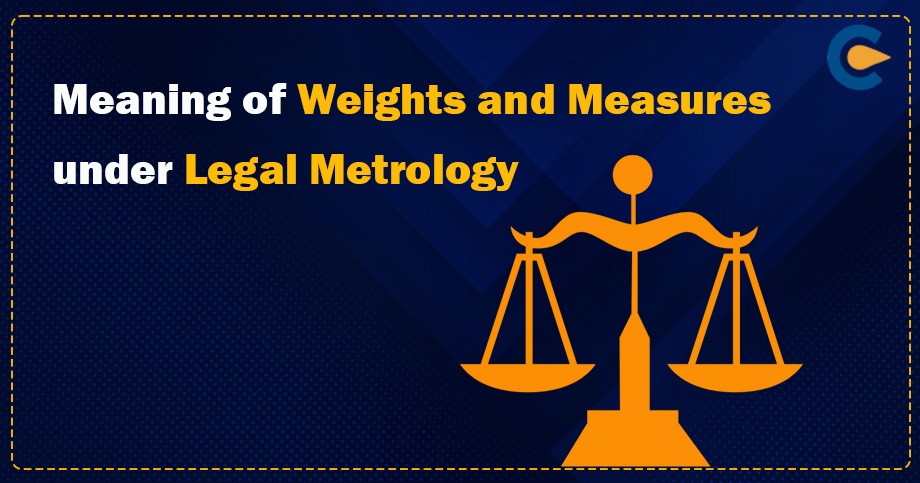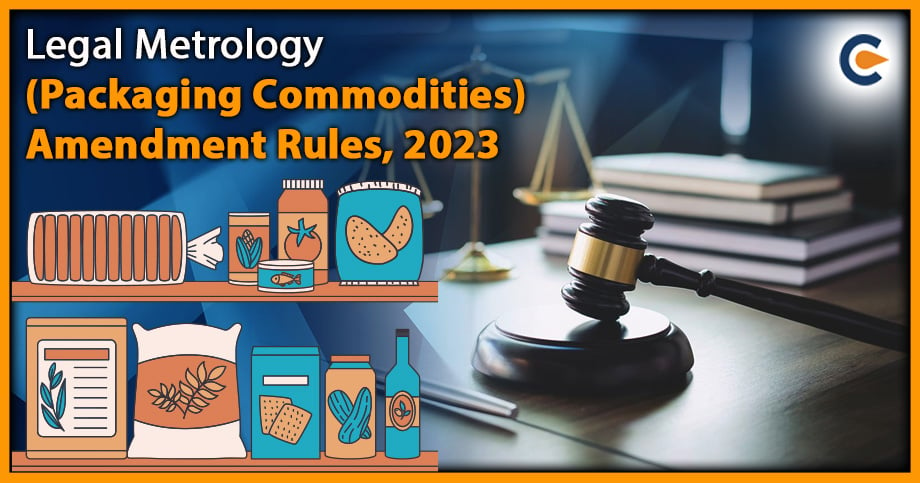The legal Metrology Act, 2009 was implemented with effect from 1st April 2011, and the preamble of the Act says the Act to establish & enforce standards of weights & measures[1], regulate trade & commerce in weights, measures and other goods distributed and sold by weights measures or a number and other matters connected therewith or incidental to it. Legal metrology falls under the department of consumer affairs, food and public distribution wings of the government of India came into the year 2009. They handled the monitoring and regulation of manufacturing, import and business of weighing and measuring instruments and devices. Further in this article, we are discussing the Meaning of Weights and Measures.
Constitution Provision Related to Weights and Measures
The Standard of weights and measures are mentioned under the UNION LIST – Under entry 50. Additionally, Enforcement of Legal Metrology is mentioned in Entry 33A of the Concurrent List.
Meaning of Weights and Measures
Legal metrology” means that part of metrology which treats units of weighment & measurement, methods of weighment & measurement & weighing and measuring instruments, to the mandatory technical & legal requirements which have the objects of securing public guarantee from the point of view of security & accuracy of the Weights and Measurements. The main objective of Legal Metrology is to ensure the public guarantee from the point of view of security and accuracy of the weights and measurements.
Function of Legal Metrology
Accuracy in measure plays a crucial role in the day to day life. Efficient and transparency in the legal metrology system inspire confidence in industry, trade and consumers and bring a harmonious environment for conducting business by
- Contributing to the economy of the country by enhancing the revenue in various sectors
- Playing an essential role in reducing the revenue losses in the petroleum, coal mines, industries, and railways.
- Reduction in loss and wastage in the infrastructure sector
The work performed by legal metrology is very important to the general public interest at large. It is a statutory body with powers and responsibilities prescribed under the Legal Metrology Act, 2009, to interstate trade and commerce of weight and measures, including pre-packaged commodities. The Director of Legal Metrology is responsible for establishing and maintaining legal metrology standards. The director is primarily responsible for Enforcement, regulation and research, regulation and Enforcement functions to undertake technical field search and seizures, inspections, registration of offices and launching prosecutions.The State Governments do the Enforcement of Legal Metrology laws.
Silent feature of the Legal Metrology
The Following are the Key Features of Legal Metrology, which are discussed below:
- Mass shall be the Kilogram
- Time shall be the Second
- Electric current shall be ampere
- Thermodynamic temperature shall be the Kelvin
- The amount of substance shall be the mole
- Length shall be the metre
- The luminous intensity shall be the candela
- Regulations of reference, secondary & working standards
- Regulations of weights & measures used in trade and commerce for transaction and protection
- Registration for importers of weights and measures
- Indian Institute of Legal Metrology
- Approval of models of weights and measures
- Regulations of pre-packaged commodities
- Regulation of government-approved test Centre
Weighing and Measuring Equipment
The Weighing and Measuring equipment have been elaborately discussed below.
- Equipment used for measures and weights for goods and consumers must be suitable for the quality to be accurate and determined with specific tolerances. Here are a few examples of weighing and measuring equipment that must be stamped.
- Weighing Machines are used for fruit and vegetables, meat, fish, postal services, sweets etc.
- The measure of volume: wine glasses and carafes, beer glasses and automatic measuring meters or alcoholic spirits measures (‘optics’) and ‘thimble’ measures or wine glasses and carafes, petrol pumps
- Length Measure: commonly known as ‘yardsticks’ but must now be metre measures used for fabrics, material, electrical, ribbon, cable, etc.
- Flexible tapes, used for carpet and floor coverings
Inspections of Weights and Measures
The inspection of Weights and Measures are discussed below for a better understanding and knowledge.
- New weighing & measuring equipment intended for determining the number of goods sold has to be manufactured to an evaluated & approved type called a (TEC) ‘- Type examination certificate. This means that the design & construction of the equipment must have been evaluated, approved and certified by legislation and have the appropriate required markings and details attached.
- This equipment is then subject to periodic inspection for accuracy & continued conformity by trading standards officers who are qualified in weights and measures.
- If weighing and measuring equipment are not of the required accuracy when inspected, the inspecting officer may issue instructions to adjust the equipment.
Conclusion
After reading this piece of writing, it can be concluded that the Legal metrology department set and enforced standards of weights and measures to regulate trade commerce. It also deals with the regulating, monitoring, regulation of manufacturing, import and business of weighing and measuring instruments and devices.
Read our Article:Stamping & Verification of Measures and Weights under Legal Metrology











